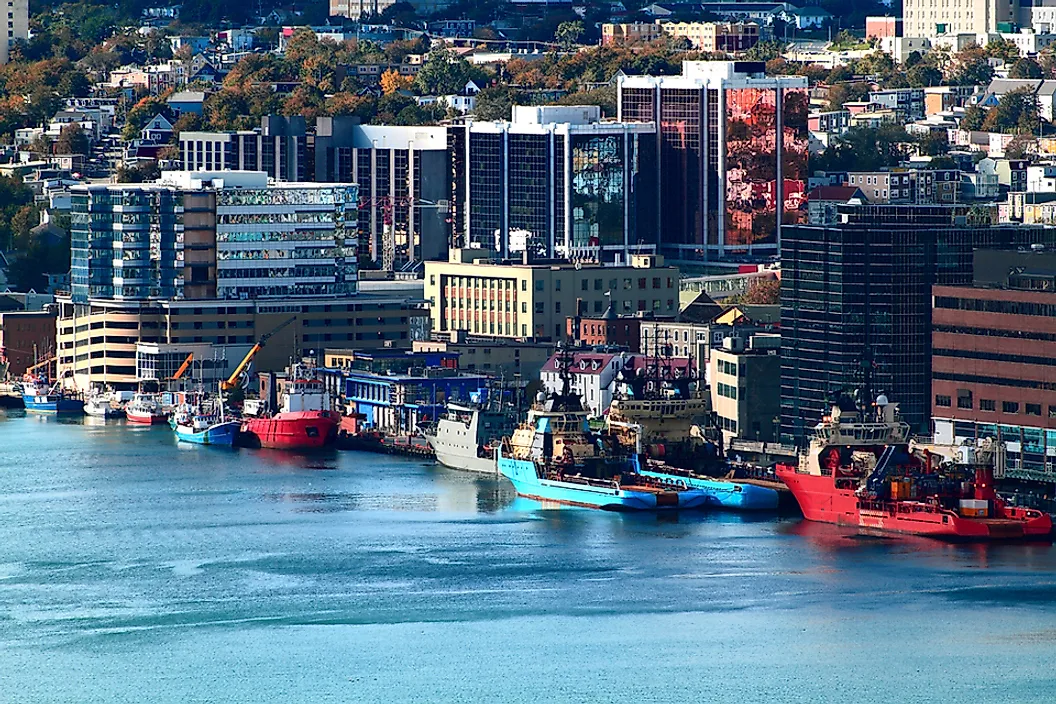What Is the Capital of Newfoundland and Labrador?

St. John's is the capital city of the Canadian province of Newfoundland and Labrador. St. John's is also the largest city in the province, occupies an area of 446.04 km2, and has a population of 108,860. The larger St. John’s area is home to 205,955 people and is Canada’s 20th largest metropolitan region. The city’s name is associated with the birth of John the Baptist. St. John’s is one of the most frequently toured cities in Canada due to its rich cultural heritage and history.
History
St. John’s is one of the oldest European settlements in North America, as fishermen reported to have camped seasonally in the area early in the 16th century. The region was first declared as an overseas colony of England in 1583 and by 1620 it was primarily controlled by fishermen from West Country, England. The area’s population increased in the 17th century, and during this period it was attacked twice by the Dutch, but was held by the English.
The city was captured and destroyed by the French in 1696. St. John's was attacked again by the French in 1705, and then seized in 1708, resulting in great destruction. St. John’s is renowned for the Seven Years War, which was fought in it in 1762. During the 18th century, St. John’s grew into a commercial hub, administrative centre and a naval base during the Revolutionary War and the War of 1812 between the United Kingdom and United States. St. John's was incorporated as a city in 1888.
Economy
The city's economy largely relied on fishing until the collapse of the industry in the 1990s. Today, most of St. John’s revenue comes from oil and gas, government institutions and businesses. The largest percentage of the workforce in St. John’s is employed by the provincial administration, and Memorial University is the second largest employer. The city’s rate of unemployment in 2011 was 5.6%, which was the second lowest in Canada’s major cities.
Energy sectors now play a significant role in St. John's economy. Large oil, gas and energy corporations such as Exxonmobil, Husky Energy and Chevron have set up big plants in the city. The city also provides a good environment for businesses, and is one of the best entrepreneurial cities of Canada. The tourism sector also generates a good income for the city, and as the population of St. John’s continues to grow, economists project that the real estate sector will also thrive.
Tourism
The city has a variety of attractions such as Signal Hill and Murray Premises, which are both historic sites of Canada. The downtown area of St. John’s is home to most of the city’s attractions, with Duckworth Street and Water Street having most of the city’s heritage buildings. The Rooms,which is a cultural centre with an art gallery and a museum, is located in the downtown area. There are a number of urban parks in the city, such as Bowring Park, Bannerman Park, and Pippy Park. Annual art and cultural festivals in the city are mostly held on George Street. Musical performances, such as orchestras and operas, are also staged in various venues in the city.











